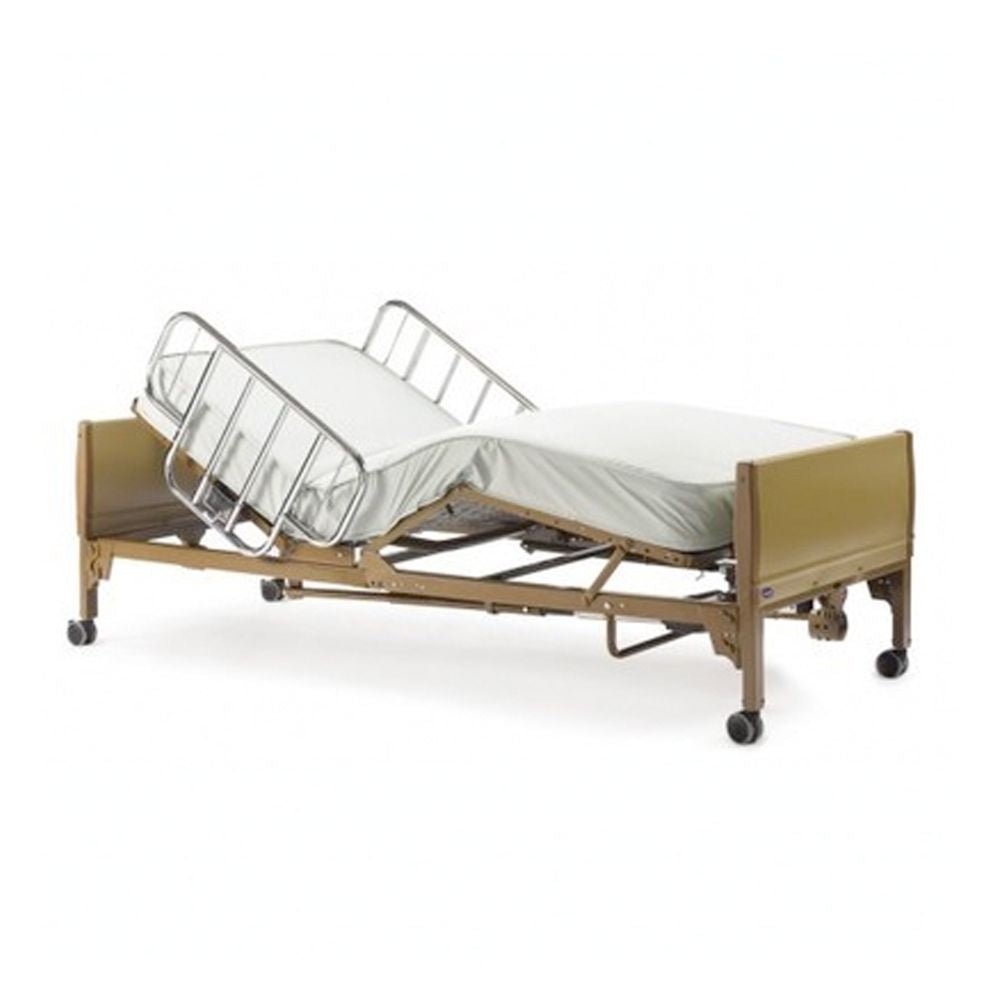Hospital beds are a vital part of ensuring patient comfort and safety, especially for those who need long-term care. Whether for in-home care or a medical facility, selecting the right hospital bed can make a huge difference in the patient’s quality of life and the caregiver's efficiency. With many options available in the market, it can be overwhelming to decide which features are most important. In this guide, we will walk you through the key features to consider when purchasing a hospital bed, helping you make an informed decision.
1. Adjustability Features
One of the main reasons hospital beds are preferred over traditional beds is their adjustability. Hospital beds typically feature adjustable height and the ability to raise or lower the head and foot sections. This is especially important for patients who need to change their position frequently for comfort, to prevent pressure ulcers, or to assist with medical treatments.
- Height Adjustment: Allows the bed to be raised or lowered to help with easier access for caregivers and promote better circulation for the patient.
- Head and Foot Elevation: Patients can have the upper body raised for easier breathing or eating, and the lower body can be elevated to reduce swelling or assist with movement.
Many hospital beds also have trendelenburg capabilities (where the bed tilts so the feet are higher than the head) and reverse trendelenburg (where the head is higher than the feet), which can help with specific medical conditions.
2. Weight Capacity
When purchasing a hospital bed, it's important to consider the weight capacity of the bed. Different models cater to different weight ranges, and selecting the right one ensures both comfort and safety for the patient. Ensure the hospital bed supports the weight of the patient plus any equipment or extra items (such as mattresses or cushions).
- Standard Capacity: Most hospital beds support between 350-450 lbs.
- Heavy-duty Capacity: For patients who weigh more than the standard range, heavy-duty beds are available that support up to 600 lbs.
3. Safety Features
Safety is a top priority when choosing a hospital bed, especially for elderly patients or those with limited mobility. A hospital bed should offer several built-in safety features:
- Side Rails: Many hospital beds come with adjustable side rails that help prevent patients from falling out of bed. Some models have half-rails that provide balance without restricting access, while others offer full-length rails.
- Locking Mechanisms: Hospital beds should have locking mechanisms to prevent accidental adjustment, ensuring that the patient stays in a safe position while resting or sleeping.
- Brakes and Casters: Look for hospital beds with locking casters or wheels, making it easier to move the bed but ensuring it stays in place when required.
4. Comfort Features
Comfort plays a major role in a patient’s healing and overall well-being. Many hospital beds now come with features designed to maximize comfort:
- Pressure Relief Mattresses: Some beds come with built-in pressure relief systems or are compatible with specialized mattresses that help prevent bedsores and pressure ulcers.
- Memory Foam or Gel Mattresses: These types of mattresses provide extra cushioning and support, which is ideal for long-term use.
- Quiet Operation: Check that the bed's motors or adjusters operate quietly, so they don’t disturb the patient or caregiver during the night.
5. Ease of Use for Caregivers
A hospital bed isn’t just about the patient’s comfort—it's also about making caregiving easier. Look for beds with intuitive controls that can be easily accessed by caregivers, and beds that make tasks like repositioning the patient simpler.
- Electric Controls: Most modern hospital beds feature electric controls that allow caregivers to adjust the position of the bed with the push of a button.
- Hand Controls: Some models offer hand-held controllers for caregivers to adjust the bed without having to move from their position.
- Easy Maintenance: Ensure the bed is easy to clean, with smooth, durable surfaces that prevent dirt from accumulating and are easy to wipe down.
6. Bed Mobility
For some patients, it’s important that the hospital bed be movable for easier access or for transport. Many hospital beds come with casters (wheels), which help move the bed from one room to another. Check that the casters are of high quality and lock securely to ensure stability.
7. Customization Options
Hospital beds come in various sizes, including twin, full, and bariatric sizes. Consider the space available in the room where the bed will be placed, and choose a model that accommodates the patient’s size and needs. Many hospital beds also offer additional accessories such as adjustable rails, overbed tables, and lift systems.
FAQs
- What’s the difference between a standard hospital bed and an adjustable bed?
Standard beds offer basic functionality, while adjustable hospital beds allow for customized positioning of the head, feet, and height, making them more suitable for medical use.
- Do I need a prescription for a hospital bed?
Depending on the country and the type of bed, a prescription may be required, especially for beds that are covered by insurance.
- Are hospital beds available for home use?
Yes, hospital beds are available for in-home use. Many medical equipment suppliers offer these beds with options designed for residential care. For more options, visit Medequip Shop’s Hospital Beds.









